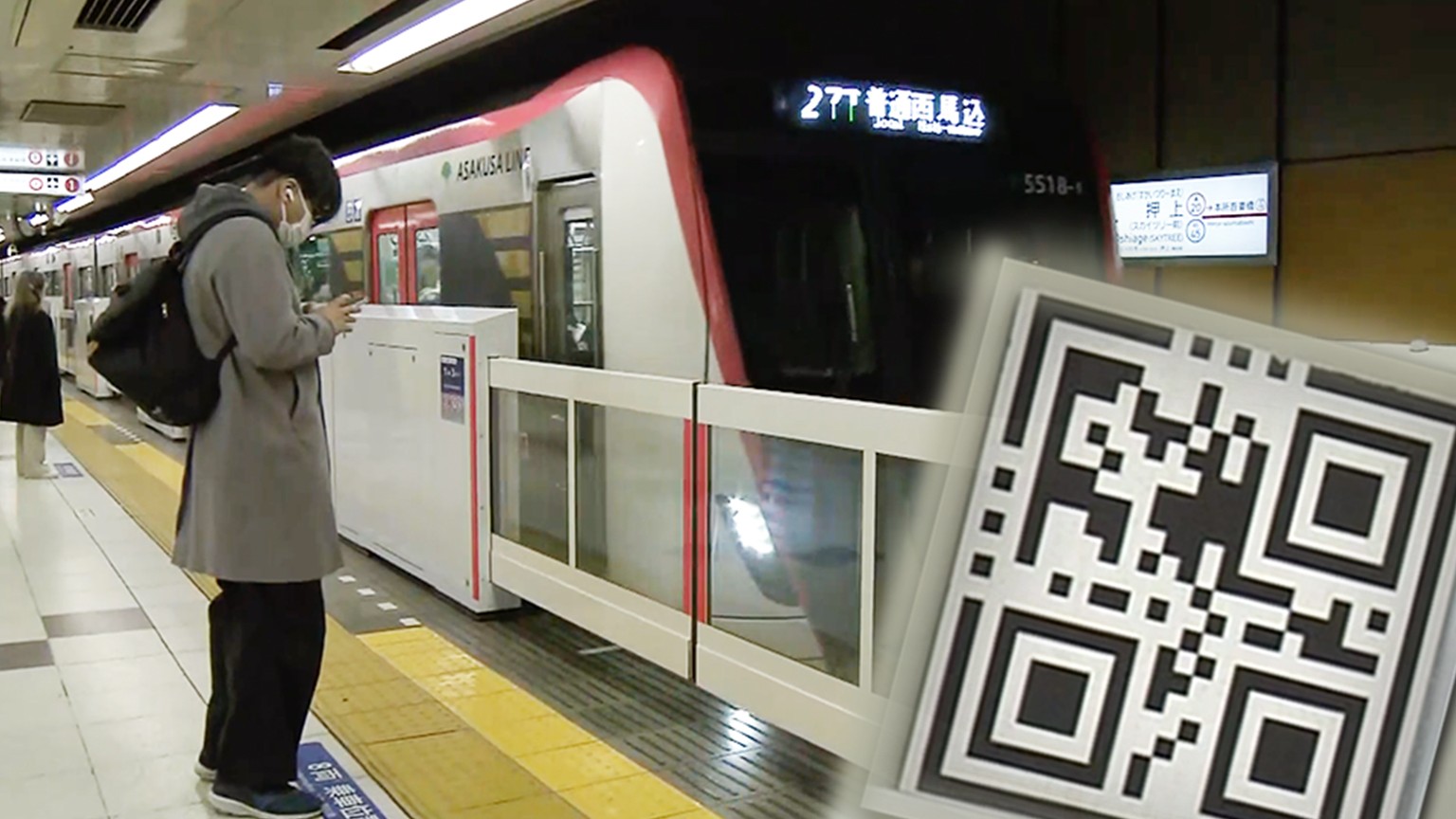Miyake Takashi has almost no eyesight. A senior official with the Japan Federation of the Visually Impaired, he says he experiences danger at train stations every day.
"We, the visually impaired, have always said that going onto a station platform without safety doors is like crossing a bridge without railings," he says.
"One day, I thought I saw the shadow of a train and tried to board, but nothing was there. I managed to avoid falling, but it was close."
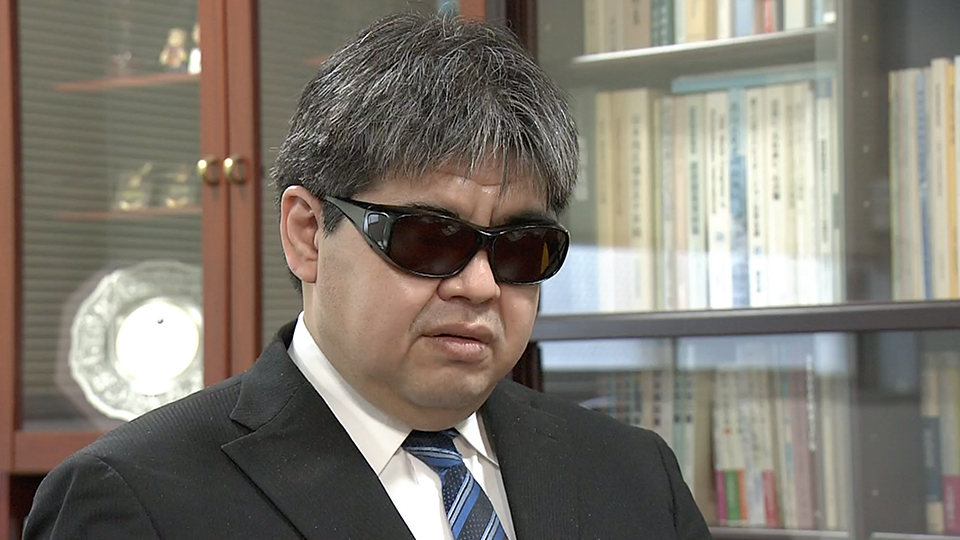
Tokyo officials say only about half of the stations in the capital's vast rail system had safety doors as of March 2023. But one of the two subway operators, the Toei subway network, finished installing doors at all of its 106 stations across Tokyo on February 20.
Toei began introducing safety doors in 2000 to make it easier to run its trains with only one person, the driver. But they discovered the system also had a significant safety impact by keeping passengers from falling onto the tracks.
By 2019, the doors were installed at all Toei stations except those on the Asakusa line.
Five operators share Asakusa line
The Asakusa line is different because it's directly connected with lines operated by five different railway companies. They all operate their own train cars on the same line.
The opening and closing of platform doors has to synchronize with the opening and closing of train doors. Information about the location of doors, the number of train cars, and the opening and closing status of doors must be coordinated from both the train side and the station side, where the platform doors are. In addition, all this information must be accurately linked.
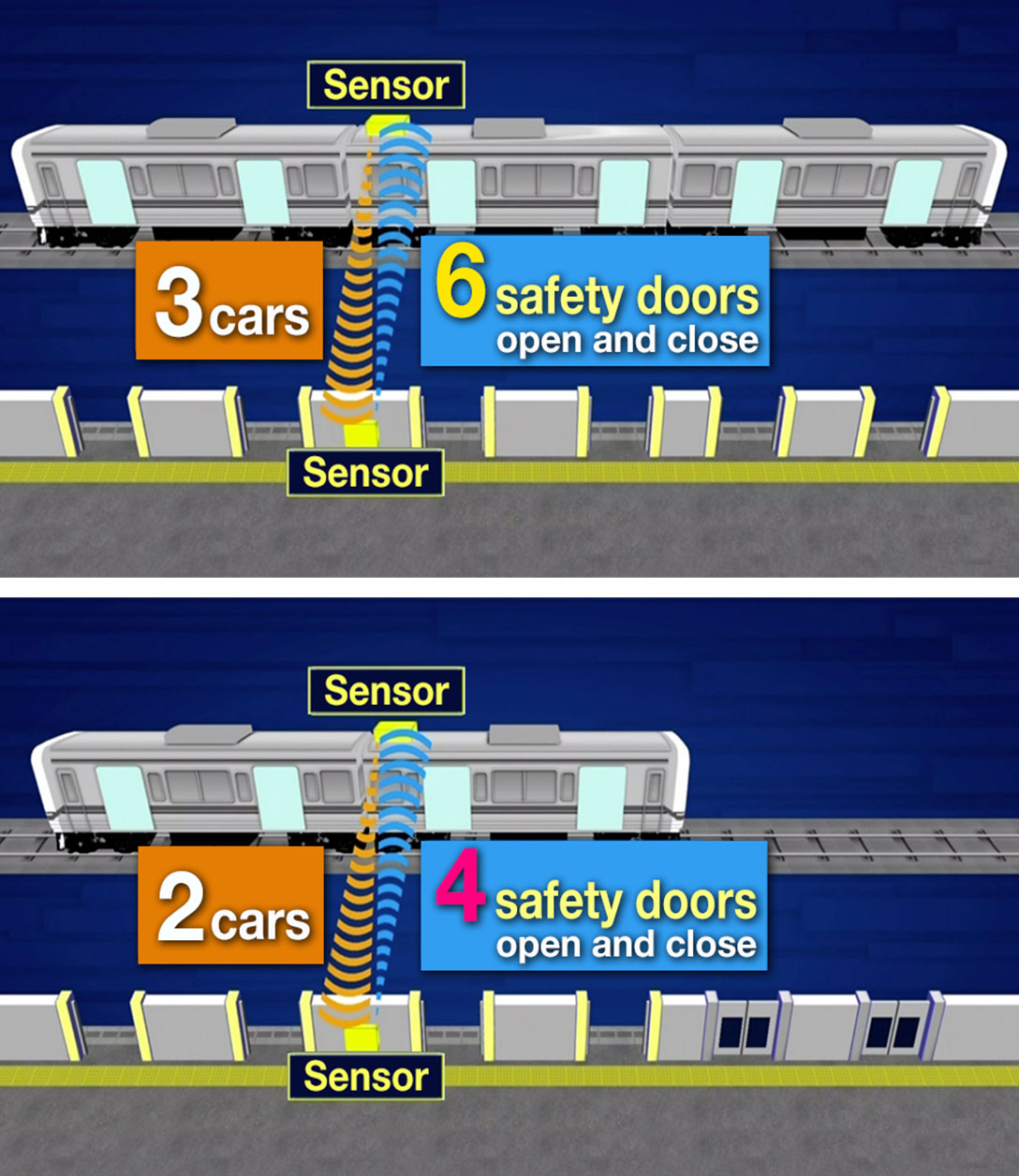
Information was transmitted and shared by radio, using sensors attached to both the trains and the station side - at a steep cost. All the train cars using the Asakusa line needed to be fitted with the sensors.
Okamoto Seiji has been working on platform doors at the Tokyo Metropolitan Bureau of Transportation for more than 20 years. But installing the doors for the Asakusa line challenged even him.
The first hurdle was convincing all the train operators that this was needed, since the scale of their operations differed greatly, he says.
"If we decided to install safety doors and asked the other four operators to coordinate with us, they won't easily agree since this requires a huge amount of money," Okamoto says.
He had to come up with cost-cutting ideas to convince them.
Months of trial and error began.
"At first, we thought about having the conductor open and close the platform door manually. But there can be human errors, and the conductor's burden would increase. We also considered introducing another sensor that detects the movement of the train doors and links it to the platform doors. But we gave up on that because of the cost and how long it would take to introduce."
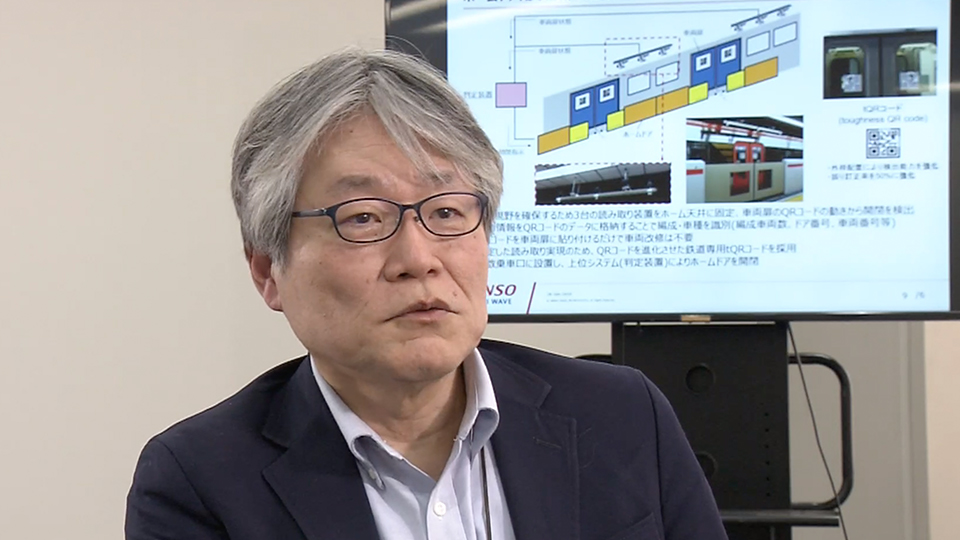
What about QR codes?
After three years, Okamoto came up with an idea: what about using a system with QR codes?
"If we put a sticker on a train car and read information from there, there'd be no need to modify trains, and that would be cheaper," he said.
He immediately contacted a company that develops the code and explained what he needed. The company then began developing a two-dimensional code that can be used on railways.
"A QR code can be read quickly and is resistant to dirt. It was already used in factories where automation was progressing, and had a track record. I felt hope," Okamoto says.
He worked with the company to improve the system to fit the unique circumstances of railways. These included adjusting the size of the dots so they could be read even if the amount of sunlight changes, and changing the material of the sticker to one that doesn't easily get dirty outdoors, especially in rain.
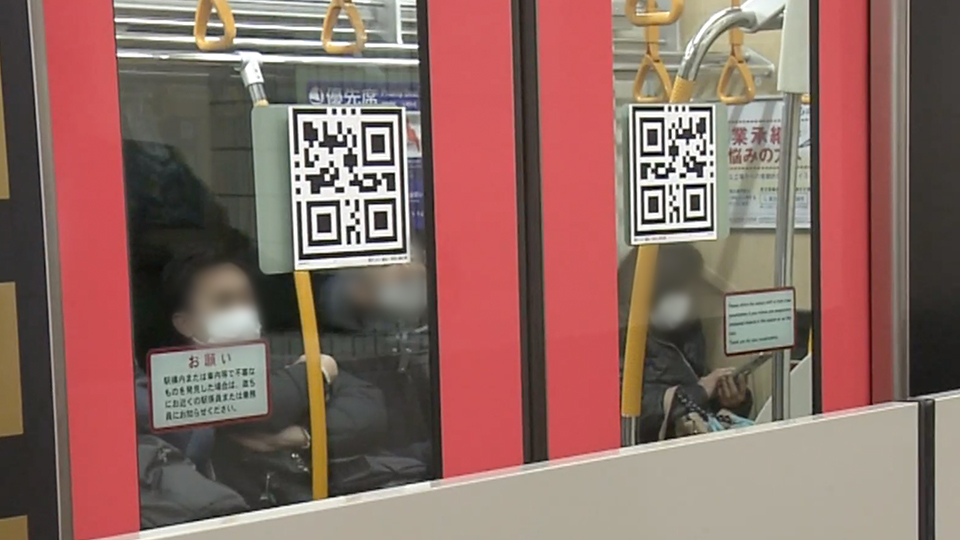
The new system uses multiple cameras installed at the top of the station's platform to capture the two-dimensional code attached to the train's doors. This will transmit information about the train, such as the number of cars and each car's movement.
For example, when the two codes move from right to left at the same time, the sensor recognizes that the train is moving. When they stop, the sensor notes that.
When the two codes move in different directions from side to side, this is seen as the doors opening.
In this way, the sensors can read the train's movements and help synchronize the safety doors.
The original estimates were that it would cost at least 2 billion yen, or 13.3 million dollars, to attach sensors to the train cars. But with the new system, it cost only about 2.7 million yen, roughly 18,000 dollars.
The patent is open to the public in the hope that the technology will be widely used. The Tokyo Metropolitan Bureau of Transportation says other railway operators, including Central Japan Railway Company and Odakyu Electric Railway, have already introduced the system.
Okamoto hopes the technology will help spread platform doors across the country.
"Among public transportation systems, I think the safety level of the railways is high. But we can't say there are absolutely no accidents and injuries."
"I think platform doors will help reduce the number of people who suffer unhappy accidents, so I will do everything I can to spread this," Okamoto says.
Miyake Takashi says he and other visually impaired people appreciate the new system.
"The platform door makes it easier for us to know where train doors will come while we're waiting for a train. That's so helpful," he says.
"We hope the system with QR codes will lead to the installation of more doors at more stations as soon as possible."
